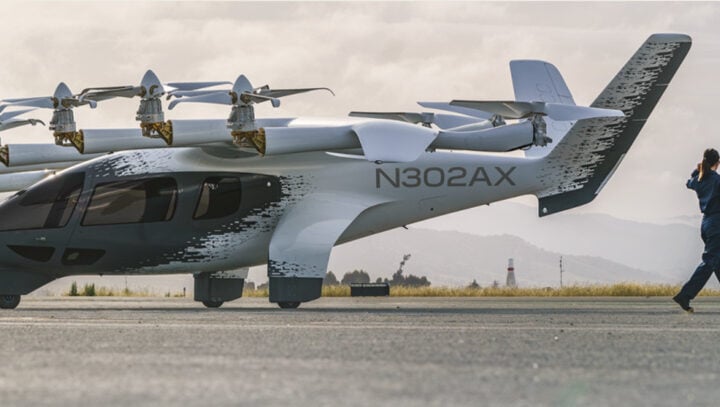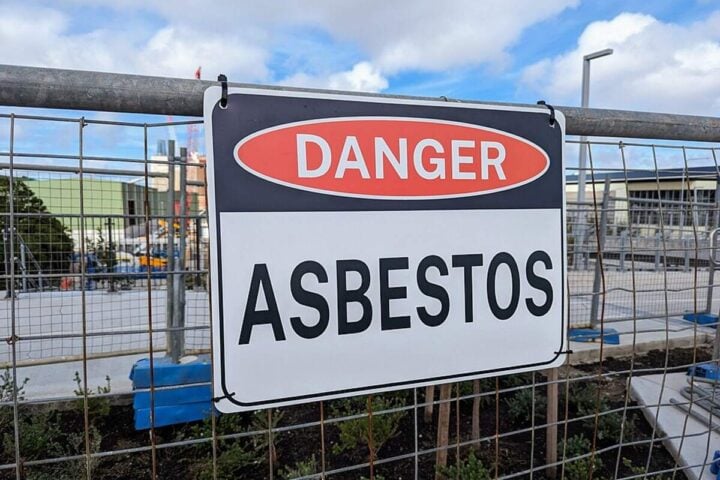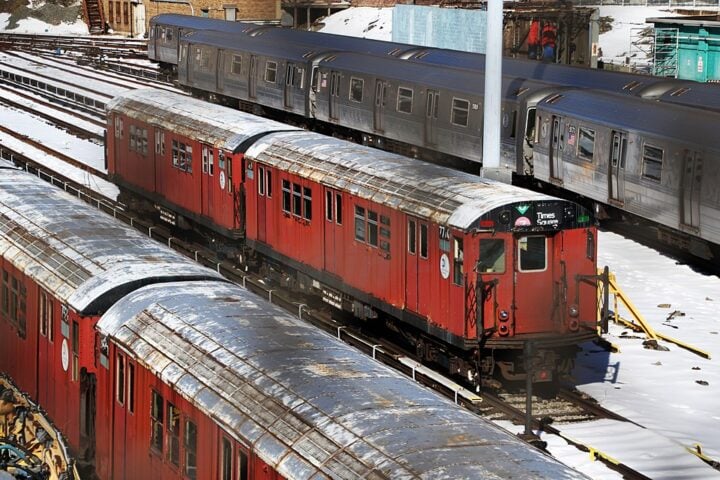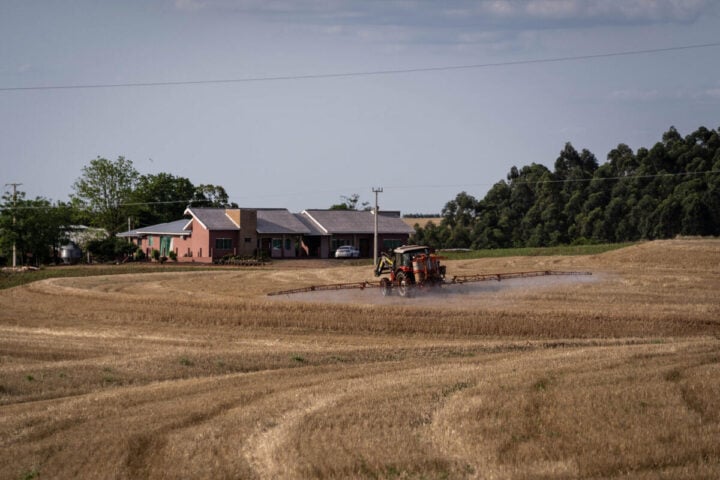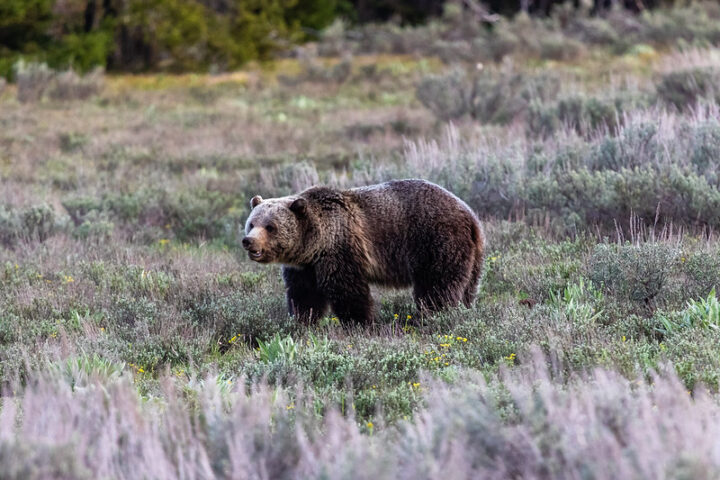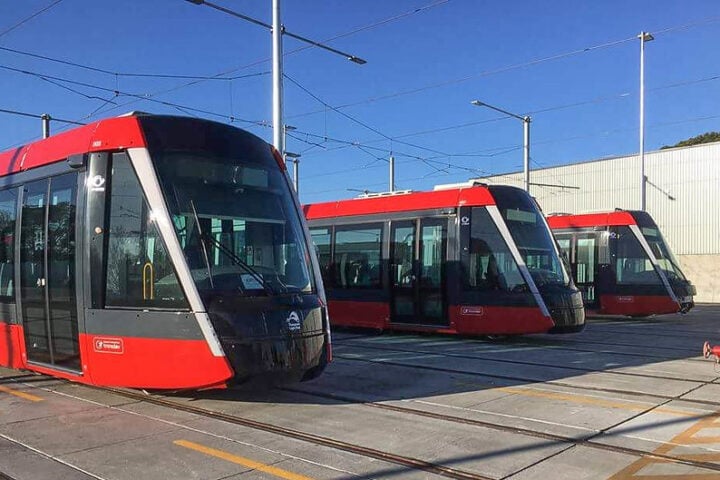In the face of increasing traffic across the Arctic Sea, Nome, Alaska, a city renowned for the Iditarod Trail Sled Dog Race and its 1898 gold rush, is witnessing an uptick in tourist arrivals. However, due to port capacity limitations, half of the incoming vessels this year must anchor offshore, while smaller cruiser ships are permitted to dock. To address this, Nome has embarked on a $600 million expansion plan, aiming to become the nation’s first deep-water Arctic port. This expansion is projected to accommodate larger cruise ships, cargo vessels servicing regional villages, and military ships. Still, local residents express concerns about the potential environmental consequences of increased vessel traffic.
Some, like Inupiaq artist Alice Bioff, view this development as an opportunity for indigenous artists to showcase their culture and artistry to an expanding visitor base. Nome’s city manager, Glenn Steckman, believes the expansion will inspire tourists to prolong their stays and explore more of Nome’s unique offerings. As Nome experiences progressively milder winters, it is expected to see a further surge in Arctic shipping lane activity and tourism. The deep-draft Arctic port expansion, anticipated to boost the local economy and bolster national defense strategy, will facilitate docking for large vessels.
Upon completion, the port’s capacity is set to increase from 3 vessels to between 7 and 10, effectively doubling the port’s size. The strategic dredging will deepen a basin to 40 feet, allowing larger vessels, excluding aircraft carriers, to dock. The strategic position of Nome is gaining significance as northern seas near Alaska become denser with Chinese and Russian naval vessels. US Senator Dan Sullivan advocates for bolstering military presence in the Arctic, reinforced by the expanded port infrastructure. However, concerns like potential displacement of traditional hunting and fishing grounds, as raised by Inupiaq native Austin Ahmasuk, linger alongside the progress.
Part of Nome’s port expansion motivation stems from geopolitical concerns amid growing cooperation between Russia and China in the Arctic. The local economy is poised to profit from amplified tourist spending, currently averaging $100 per day from cruise ship passengers. Furthering the cultural exchange tourism can foster, Alice Bioff was inspired by tourist interactions to design a line of waterproof jackets that echo traditional Inupiaq kuspuks. Once recognized for its 1898 gold rush, Nome is now on the verge of playing a critical role in US Arctic strategy, as the military strategically positions assets in Alaska.
Similar Post
With climate change shortening the ice season in the Bering Sea and impacting traditional activities like the Iditarod, Nome’s port expansion signals a pivotal shift. Construction of the deep-water Arctic port is set to commence in 2023, enabling a strategic balance in the increasingly crowded northern seas. Partially financed by federal infrastructure funds, Nome’s port expansion indicates national interest in its success, reflecting rapidly evolving Arctic geopolitical and environmental landscapes. Yet, concerns over the potential effects on wildlife, a critical part of Alaska Natives’ subsistence, due to increased traffic persist. As Austin Ahmasuk succinctly put it, some locals perceive the port expansion as “development for the sake of development,” despite the apparent economic benefits. Nonetheless, the transformation is underway, ushering in a new era for Nome and positioning it as a hub for military, commercial, and tourist vessels.



